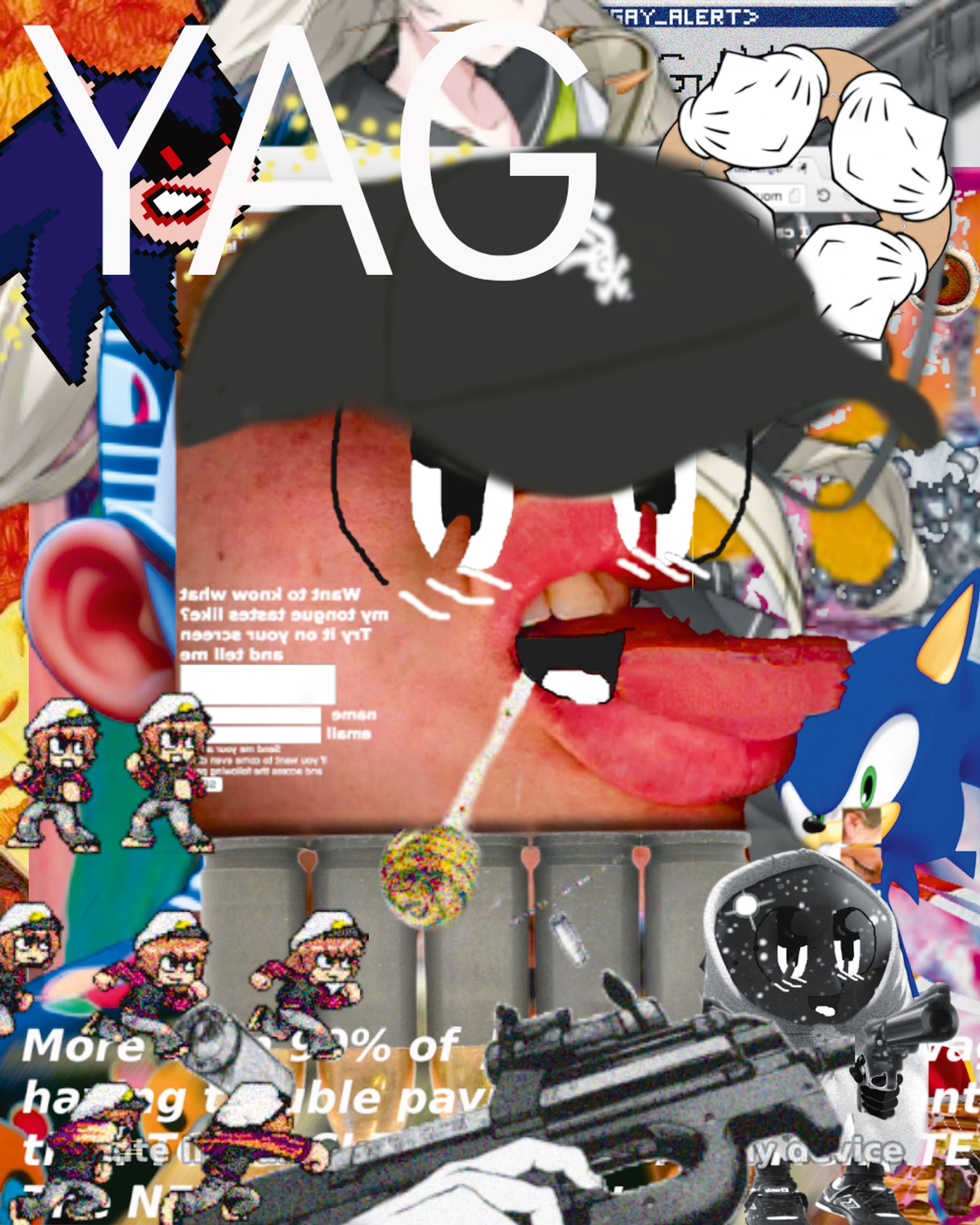As we navigate our twofold existence in the digital and phyical worlds, significant questions about our roles as dual cit-izens emerge. While humans have taken centuries to learn how to cohabitate in public spaces and create pro-social norms, we’ve only had a few decades to attempt the same on the internet. The key difference is that the biggest digital agoras are privately owned – forcing us to contend with concealed algorithms, values, and politics engineered with these platforms. Through their incentives and designs – the platform physics – we change our vernacular and the ways we act as digital citizens. What do I see? What do you see? How is the platform designed to make me feel? What part of my digital identity do I control, and what have I lost? Does the platform expand my understanding of the world, or hermetically seal it off around my biases? We know these technologies use us, yet we are ever more reliant on them for making meaning.
Artists sit at this crossroads: the ideas and creative expression that make social platforms worth our time must also contend with the anti-social dynamics – reactive rage, loneliness, relative truth – that so effectively keep people glued to their phones. Without artist-generated content, would users really spend four hours a day consuming vapid posts and Temu ads? The platform priests know that we wouldn’t – that their very existence requires people to treat them as necessary places to engage with the world. Technology in the 21st century will continue speed-running into the future, not waiting for pro-social norms to catch up. Some artists are instead turning to new, more radical digital spaces designed to give users authorship over the platform physics, more social intimacy, and niche expression.
Over the last fifteen years, artists have used social media as a venue for collective authorship, to scrutinize the self as reflected back by likes-centric algorithms, and even to ask what humanness remains when mediated through screens ...
___
This text appears in full in Spike #80 – The State of the Arts under the title “Social Media After Meta.” You can buy your copy in our online shop.


